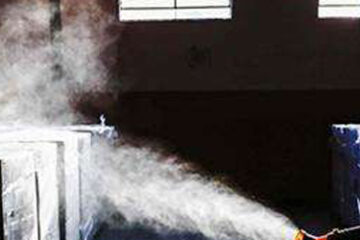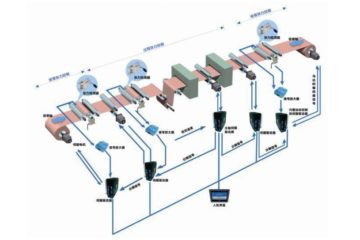In the United States in the 1930s, the main equipment in the flexo industry was a cascading machine. Of course, these devices have certain problems. At the same time, two-color and four-color satellite flexo presses have appeared. The two colors are shown below. But if you think that the four-color satellite is a large roller with four color groups, it would be naive. The four-color satellite machine at the time was connected by two two-color satellite machines.

In 1938, the first bridge flexo press was designed and produced by Kidderpress and used for film printing. Roughly, about 15 such devices were exported to the United States before World War II. About 60 units were exported to the United States in the years after World War II.
As mentioned above, there was no drying between the color groups on the early flexo presses, which lasted until 1940. In 1940, Kidder Press created the first flexo press with a dry color palette. The machine uses circulating hot air drying and an exhaust gas discharge function. Although it is quite simple compared to the current machine, it doubled the printing speed at that time.
After that, many other drying methods have appeared, such as electric heating rods, heating rolls, etc. These heating methods can be used alone or in combination. As shown below .

It is often said that the web roll is the core component of flexo printing. Then in 1941, it was the most important year in the history of flexographic development. In 1941, Interchemical introduced the first anilox roll for flexo printing. This web roll is actually modified from a roller used for gravure printing. But the biggest difference is that it is made of steel rather than copper. Since then, people have been looking for different mesh roll surface materials, until today’s commonly used ceramic materials.
performance, cell shape, and cell depth. This poses a major obstacle to the user’s choice of a suitable web roll. Founded in 1944, PM&R began experimenting with industry standards for wire rolls, some of which are still in use today.
Another factor that affects the quality of flexographic printing is the imposition. If the imprinting error is too large, then no good prints can be obtained anyway. To overcome this problem, the first plate-loading machine appeared in the 1940s and was further improved in the 1970s.


